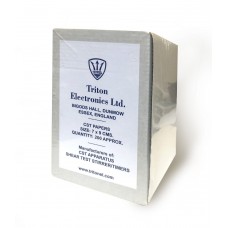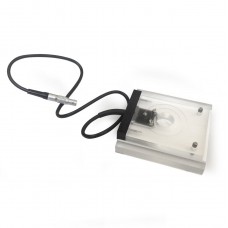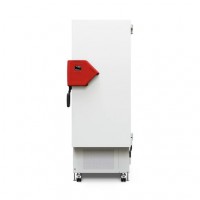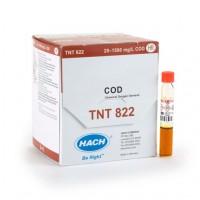The Capillary Suction Time has been used since the 1970s as a quick and reliable method for characterising sludge filterability and condition
It is sludge filterability that, predominantly, governs the output of nearly all the various types of dewatering equipment including: drying beds, belt press, vacuum filters, filter presses and centrifuges. The capillary suction pressure generated by standard filter paper is used to ‘suck’ water from the sludge. The rate at which water permeates through the filter paper varies depending on the condition of the sludge and the filterability of the cake formed on the filter paper. The CST is obtained from two electrodes placed at a standard interval from the funnel. The time taken for the waterfront to pass between these two electrodes constitutes the CST. The force generated by capillary suction dominates the hydrostatic head within the funnel. So the test is independent of the amount of sludge tested, as long as there is sufficient to generate the CST. Each test can be completed in a few minutes.
The Type 319 Multi-purpose CST can be used with either 5 single radius test heads or with one multi-radii test head for the rapid assessment of resistance to filtration.
Single radius test heads
In this mode of operation it is possible to test a number of dosing quantities at the same time. So reducing the overall test time or allowing for more discrete tests to be performed. In each case the Multi-CST operates in a very similar method to the Type 304B or Type 304M CST units.Each Type 319 CST is supplied with 1 single radius test head; any others are purchased as separate items.
Multi-radii test head
The multi-radii test head has 5 probes set at intervals to give the same volume between each probe. This is illustrated in the chart above. It has been shown that for a wide range of different types of sludge there is an approximately linear relationship between the specific resistance to filtration, using the standard Buchner funnel apparatus and the multi-radii test head.When using the multi-radii test head the Type 319 unit automatically divides the time by the probe number. Since filtration fulfils the classical parabolic relationship between time and volume of filtrate, then the arithmetic difference in the reading is constant and directly proportional to the specific resistance.
The Multi-CST is supplied with 2 boxes of filter paper as standard.









Do you have a question?
min 10 ch